THE STORY OF HARE (South-African Folk-Tales, 1910) by James A. Honey
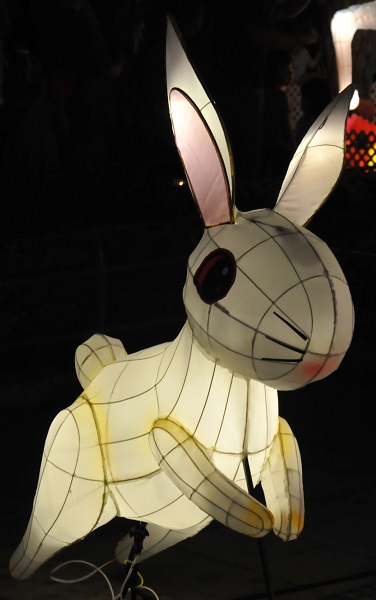
Once upon a time the animals made a kraal and put some fat in it. They agreed that one of their number should remain to be the keeper of the gate. The first one that was appointed was the coney (imbila). He agreed to take charge, and all the others went away. In a short time the coney fell asleep, when the inkalimeva (a fabulous animal) went in and ate all the fat. After doing this, he threw a little stone at the coney.
The coney started up and cried out: “The fat belonging to all the animals has been eaten by the inkalimeva.”
It repeated this cry several times, calling out very loudly. The animals at a distance heard it, they ran to the kraal, and when they saw that the fat was gone they killed the coney.
They put fat in the kraal a second time, and appointed the muishond (ingaga) to keep the gate. The muishond consented, and the animals went away as before. After a little time the inkalimeva came to the kraal, bringing some honey with it. It invited the keeper of the gate to eat honey, and while the muishond was enjoying himself the inkalimeva went in and stole all the fat. It threw a stone at the muishond, which caused him to look up.
The muishond cried out: “The fat belonging to all the animals has been eaten by the inkalimeva.”
As soon as the animals heard the cry, they ran to the kraal and killed the muishond.
They put fat in the kraal a third time, and appointed the duiker (impunzi) to be the keeper of the gate. The duiker agreed, and the others went away. In a short time the inkalimeva made its appearance. It proposed to the duiker that they should play hide and look for. The duiker agreed to this. Then the inkalimeva hid itself, and the duiker looked for it till he was so tired that he lay down and went to sleep. When the duiker was asleep, the inkalimeva ate up all the fat.
Then it threw a stone at the duiker, which caused him to jump up and cry out: “The fat belonging to all the animals has been eaten by the inkalimeva.”
The animals, when they heard the cry, ran to the kraal and killed the duiker.
They put fat in the kraal the fourth time, and appointed the bluebuck (inputi) to be the keeper of the gate. When the animals went away, the inkalimeva came as before.
It said: “What are you doing by yourself?”
The bluebuck answered: “I am watching the fat belonging to all the animals.”
The inkalimeva said: “I will be your companion. Come, let us scratch each other’s heads.”
The bluebuck agreed to this. The inkalimeva sat down and scratched the head of the other till he went to sleep. Then it arose and ate all the fat. When it had finished, it threw a stone at the bluebuck and awakened him.
The bluebuck saw what had happened and cried out: “The fat belonging to all the animals has been eaten by the inkalimeva.”
Then the animals ran up and killed the bluebuck also.
They put fat in the kraal the fifth time, and appointed the porcupine (incanda) to be the keeper of the gate. The animals went away, and the inkalimeva came as before.
It said to the porcupine, “Let us run a race against each other.”
It let the porcupine beat in this race.
Then it said, “I did not think you could run so fast, but let us try again.” They ran again, and it allowed the porcupine to beat the second time. They ran till the porcupine was so tired that he said, “Let us rest now.”
They sat down to rest, and the porcupine went to sleep. Then the inkalimeva rose up and ate all the fat. When it had finished eating, it threw a stone at the porcupine, which caused him to jump up.
He called out with a loud voice, “The fat belonging to all the animals has been eaten by the inkalimeva.”
Then the animals came running up and put the porcupine to death.
They put fat in the kraal the sixth time, and selected the hare (umvundla) to be the keeper of the gate. At first the hare would not consent.
He said, “The coney is dead, and the muishond is dead, and the duiker is dead, and the bluebuck is dead, and the porcupine is dead, and you will kill me also.”
They promised him that they would not kill him, and after a good deal of persuasion he at last agreed to keep the gate. When the animals were gone he laid himself down, but he only pretended to be asleep.
In a short time the inkalimeva went in, and was just going to take the fat when the hare cried out: “Let the fat alone.”
The inkalimeva said, “Please let me have this little bit only.”
The hare answered, mocking, “Please let me have this little bit only.”
After that they became companions. The hare proposed that they should fasten each other’s tail, and the inkalimeva agreed. The inkalimeva fastened the tail of the hare first.
The hare said, “Don’t tie my tail so tight.”
Then the hare fastened the tail of the inkalimeva.
The inkalimeva said, “Don’t tie my tail so tight,” but the hare made no answer. After tying the tail of the inkalimeva very fast, the hare took his club and killed it. The hare took the tail of the inkalimeva and ate it, all except a little piece which he hid in the fence.
Then he called out, “The fat belonging to all the animals has been eaten by the inkalimeva.”
The animals came running back, and when they saw that the inkalimeva was dead they rejoiced greatly. They asked the hare for the tail, which should be kept for the chief.
The hare replied, “The one I killed had no tail.”
They said, “How can an inkalimeva be without a tail?”
They began to search, and at length they found a piece of the tail in the fence. They told the chief that the hare had eaten the tail.
He said, “Bring him to me!”
All the animals ran after the hare, but he fled, and they could not catch him. The hare ran into a hole, at the mouth of which the animals set a snare, and then went away. The hare remained in the hole for many days, but at length he managed to get out without being caught.
He went to a place where he found a bushbuck (imbabala) building a hut. There was a pot with meat in it on the fire.
He said to the bushbuck, “Can I take this little piece of meat?”
The bushbuck answered, “You must not do it.”
But he took the meat and ate it all. Afterwards he whistled in a particular manner, and there fell a storm of hail which killed the bushbuck. Then he took the skin of the bushbuck, and made for himself a mantle.
After this the hare went into the forest to procure some weapons to fight with. While he was cutting a stick the monkeys threw leaves upon him. He called to them to come down and beat him. They came down, but he killed them all with his weapons.
If you liked this story, leave me a comment down below. Join our Facebook community. And don’t forget to Subscribe!
Enjoy other stories by James A. Honey or by my friend Dyna from malamusi.com. She reveals the true character of the hare in The Hare and the Quail or Sympathy killed Mr. Kapangula
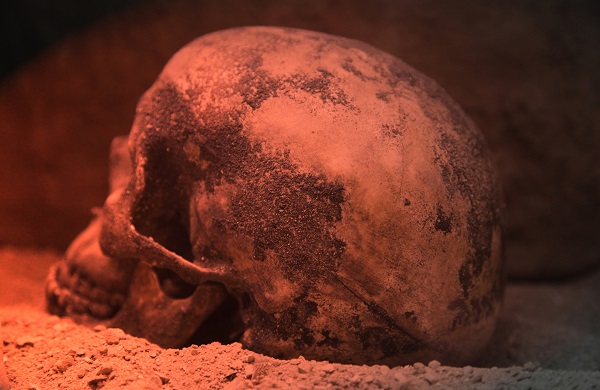


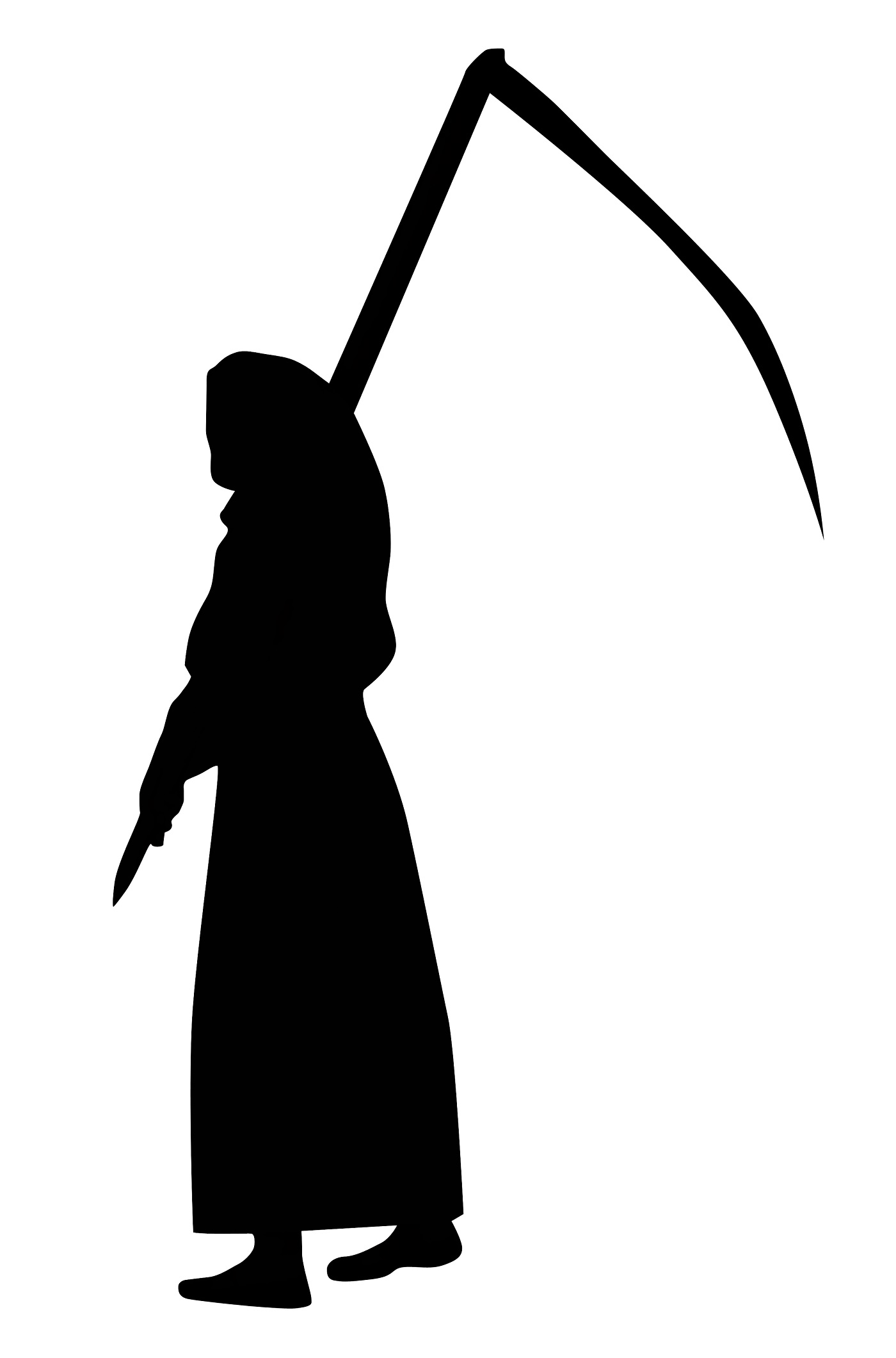
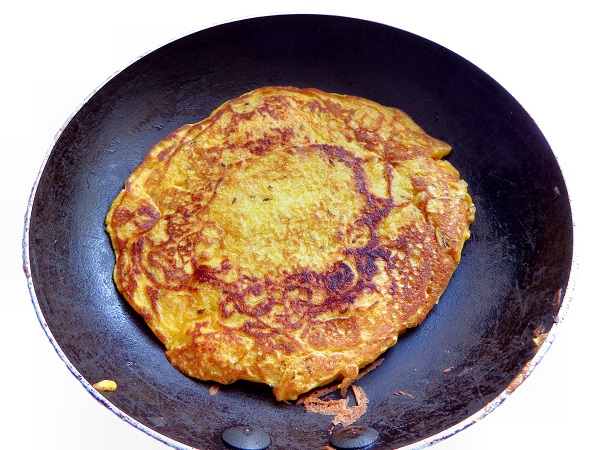

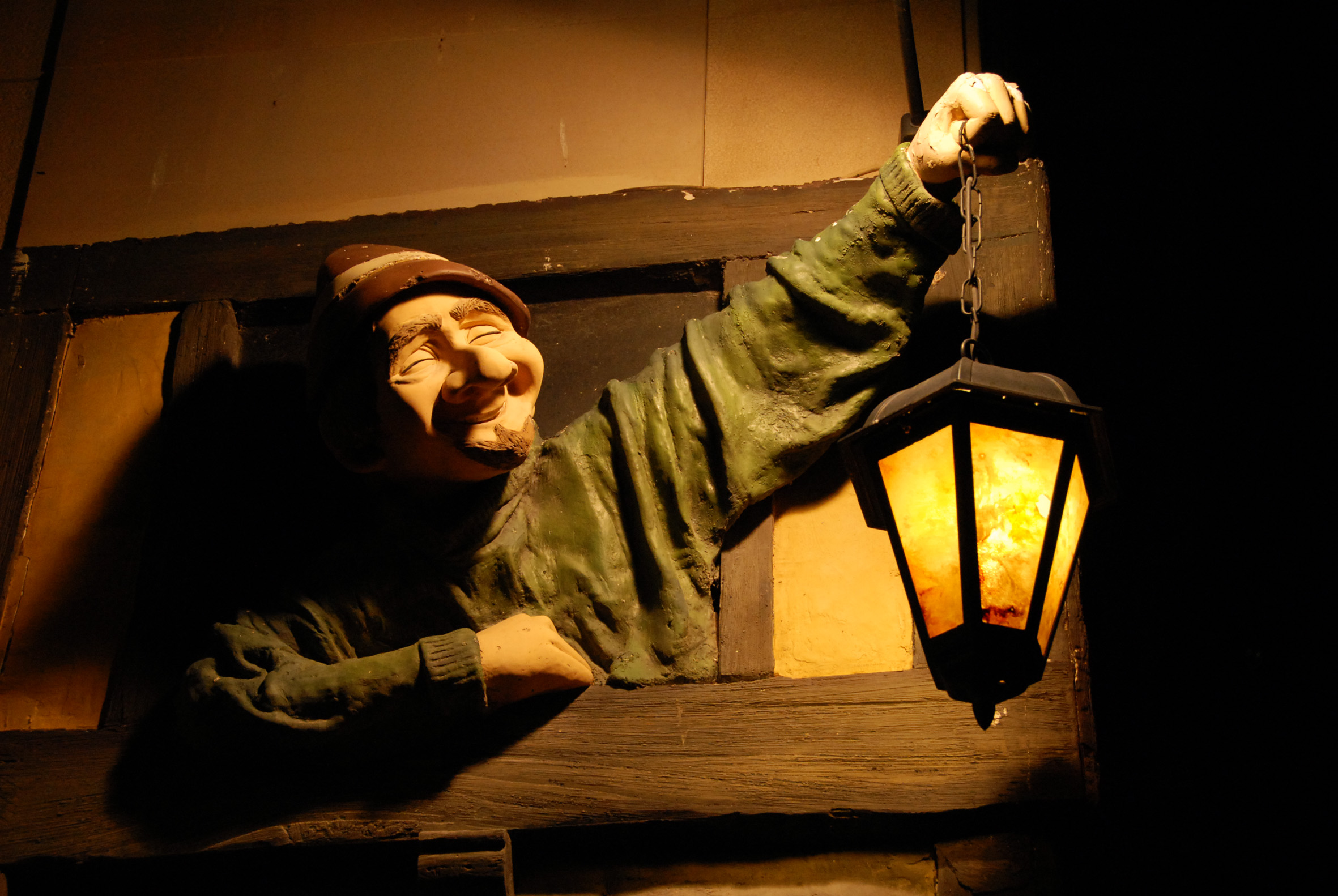
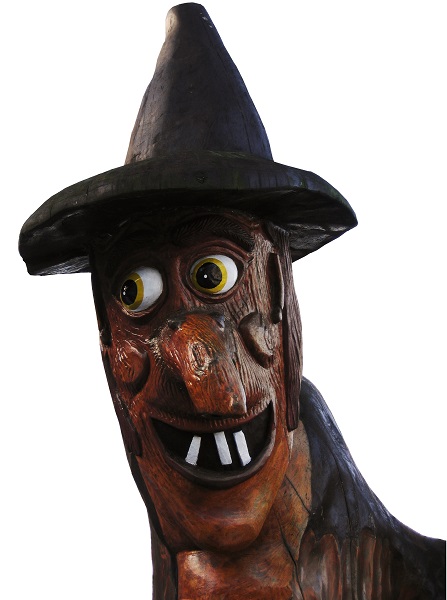
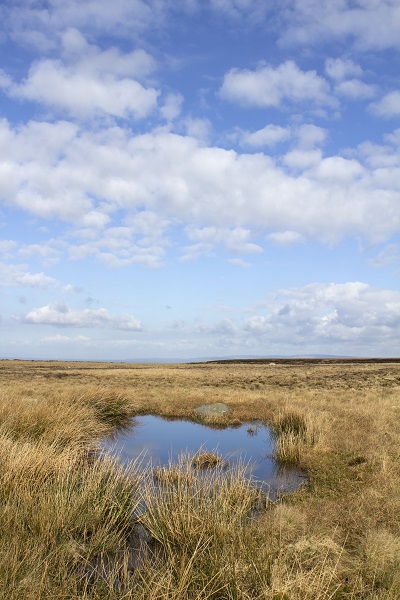
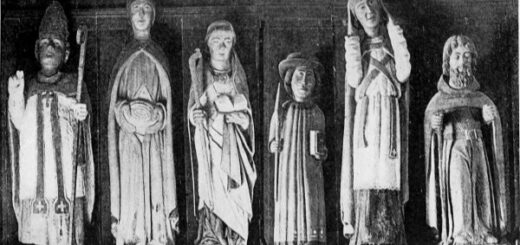



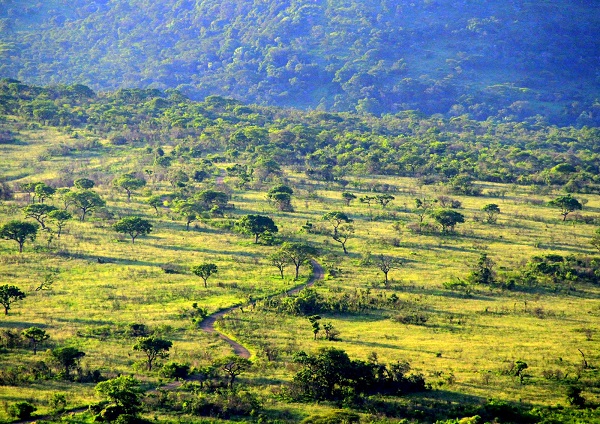

Is it possible to copyright this story if so, please send me the link. Thankyou
Hi Emma,
thank you for your interest in my blog. The fables and folk tales that I post on my blog are always (copyright free or) under the Project Gutenberg License. You would be surprised how many beautiful stories are available there.
You might want to check out: https://www.gutenberg.org/files/38339/38339-h/38339-h.htm#Page_94
Regards,
fairytalenight.com
Thank you for this story